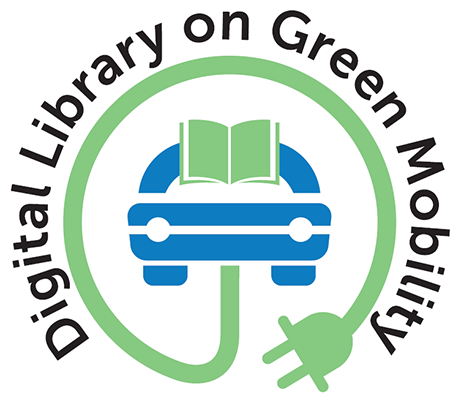How Battery Storage Can Help Charge the Electric-Vehicle Market
Publication Year: 2018
Author(s): Knupfer S, Noffsinger J, Sahdev S
Abstract:
Electric vehicles are beginning to win considerable attention but are still rarely sighted on American roads. McKinsey estimates that there could be ten to eleven million battery electric vehicles (BEVs) on US roads by 2030. For this to happen, access to charging infrastructure must improve. Although many BEVs are charged at home, public charging is necessary for owners who are travelling or if they don’t own homes with garages. People will be reluctant to buy a BEV if they worry about charging infrastructure. But unless more BEVs are sold, the charging infrastructure will not be built to serve them. There are two major problems i.e. convenience and economics.
Source of Publication: McKinsey Center for Future Mobility Article
Vol/Issue: February 2018, 1-7p.
Country: United States of America
Publisher/Organisation: McKinsey & Company
Rights: McKinsey & Company
Theme: Charging Infrastructure | Subtheme: Home charging
Related Documents
Research Papers/Articles
Abstract:
This paper analyzes the capital costs of the electric vehicle charging infrastructure needed f... Read More
Research Papers/Articles
Lessons Learned on Early Electric Vehicle Fast-Charging Deployments
Published Year: 2018
Abstract:
This white paper provides an overview of electric vehicle fast charging installed around the w... Read More



